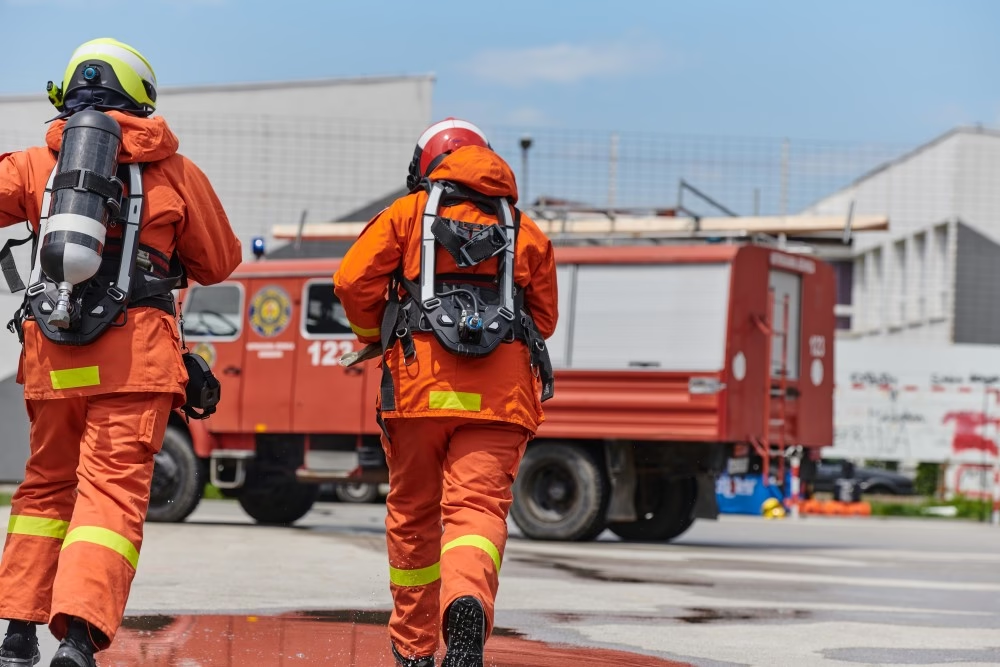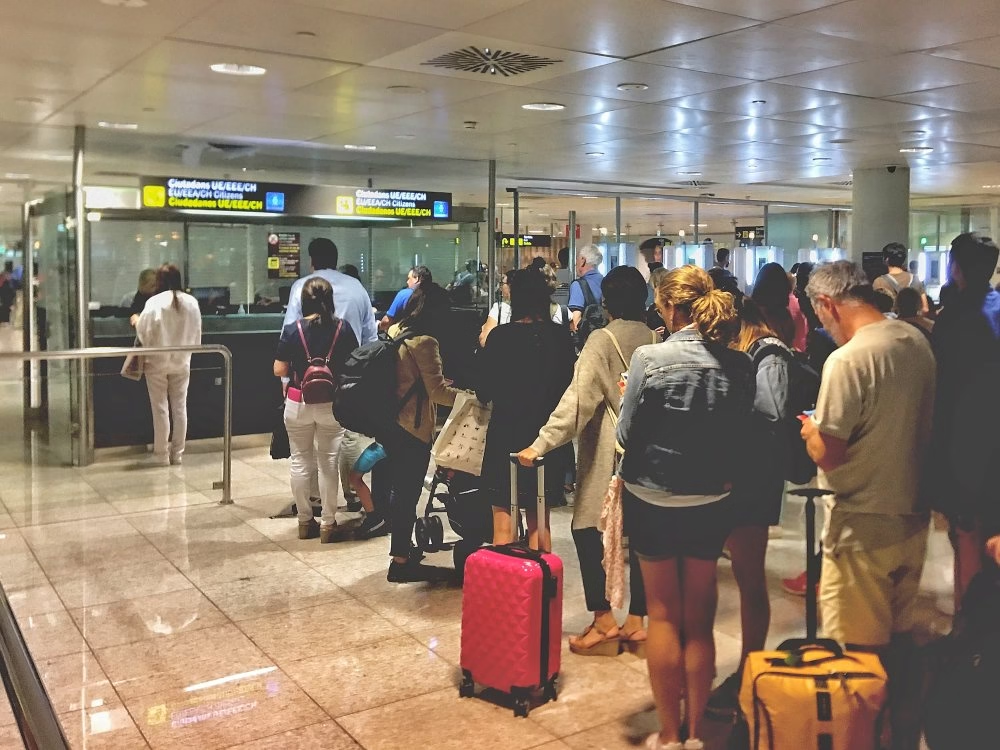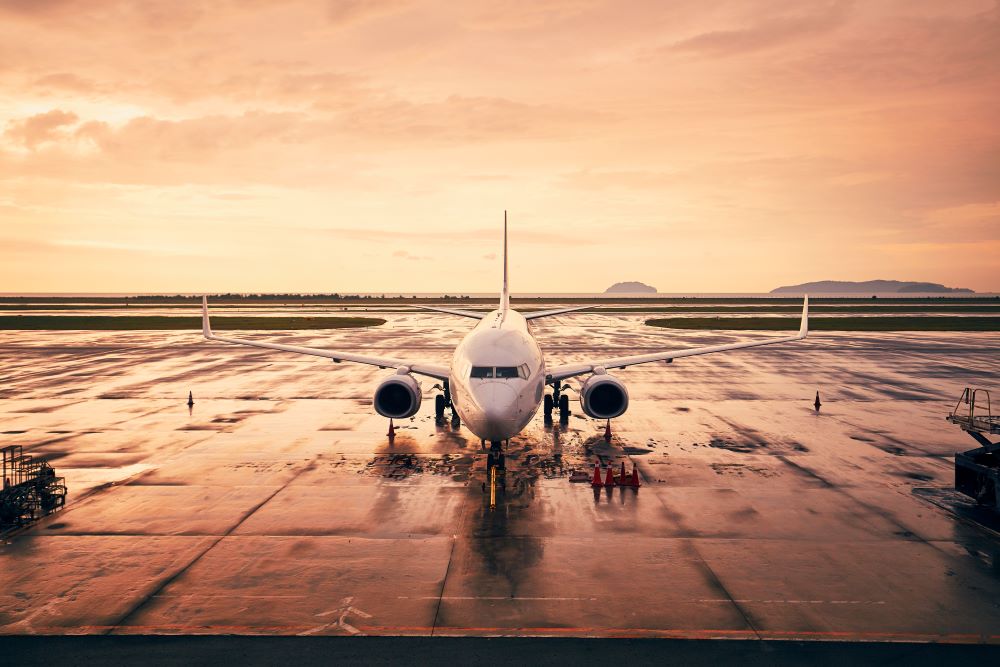Sarah Martinez thought she was boarding another routine Monday morning flight from Minneapolis to Chicago. The Delta Connection Flight DL3543, operated by an Embraer 170-200LR, took off from Minneapolis at 13:09 UTC for what should have been a short, uneventful hop to Chicago Midway International Airport. What happened next would turn a simple 90-minute journey into a story that gripped the Midwest aviation community.
Barely ten minutes into the climb, cruising at just 21,000 feet, the crew halted their ascent. Without hesitation, they turned the aircraft back toward Minneapolis, squawking the universally recognized emergency code 7700. In aviation circles, code 7700 means one thing: priority handling required.
The Moments That Mattered
This is exactly when everything changed, according to Jennifer Walsh, a regular business traveler who sat in 12A. The captain arrived and just commented that we are going back to Minneapolis just in case, she told the local press. His voice was quiet, though you could tell the change in the cabin. Flight attendants were purposeful in their movement and looked at everything twice.
The crew declared an emergency to require priority landing back in Minneapolis, and just 37 minutes after departure, the aircraft landed safely on runway 12R, quickly taxiing to stand C12. While passengers were understandably shaken, everyone disembarked without injury.

By the Numbers: Understanding Aviation Emergencies
Federal Aviation Administration statistics indicate that on average, U.S. commercial airlines have about 1,400 emergency landings each year -3.8 airline emergency landings per day. But even the overwhelming majority end with safe landings with no casualties, which demonstrates the efficiency of crew training and advanced aircraft systems.
The Embraer 170-200LR that was flown on the Dallas-Lubbock flight DL3543 is one of the safest regional aircraft in operation today. More than 1900 of them have been delivered all over the globe and have an excellent safety record over the 20 years of operation.
What Passengers Experienced
Mark Thompson, traveling with his teenage daughter to Chicago for a college visit, described the atmosphere: “There was this collective intake of breath when we started turning around. My daughter grabbed my hand—she’s usually so independent. The flight attendants were incredible, though. They kept checking on everyone, especially the elderly passengers.”
The aircraft’s captain later briefed passengers before deplaning, explaining that the return was executed “out of an abundance of caution” following an indicator light in the cockpit. Industry experts note this represents textbook emergency response—better safe than sorry.
The Ripple Effect Beyond the Aircraft
Domestic travel networks such as the Minneapolis-Chicago routes are the lifeline in connecting business travelers, leisure travelers and cargo supply chains that maintain economic connectivity among major hubs in the Midwest region. The re-arrival of DL3543 in Minneapolis caused a series of schedule changes on dozens of other flights and hundreds of passengers.
The domino effect could not be avoided and Delta Connection immediately deployed a replacement aircraft. Ground crews did overtime, gate assignments moved and passenger services extended their shifts to handle rebooking and hotel accommodations of disrupted passengers.

Inside the Industry Response
Captain Robert Hayes, a 28-year veteran with major U.S. carriers and current aviation safety consultant, explains the decision-making process: “When you’re dealing with any abnormal indication at altitude, especially during initial climb, the safest protocol is immediate return to the departure airport. The crew of DL3543 executed this flawlessly.”
Aviation maintenance expert Linda Chen adds context: “Modern aircraft like the Embraer 170 have redundant systems for almost everything. An emergency return usually means something triggered a caution that requires ground inspection—often it’s a minor sensor issue, but you can’t determine that safely at 21,000 feet.”
Frequently Asked Questions
How common are emergency landings like DL3543?
Emergency returns occur in roughly 0.02% of all commercial flights in the U.S.—rare enough to make news, common enough that crews train extensively for these scenarios.
What compensation do passengers receive for emergency landing disruptions?
While emergency landings aren’t covered under standard delay compensation rules, most airlines provide meal vouchers, hotel accommodations if needed, and rebooking on the next available flight at no charge.
How long does an aircraft inspection take after an emergency landing?
Depending on the issue, inspections can range from 2 to 8 hours. If parts need replacement or a deeper investigation is required, the aircraft may be grounded for days.
Are regional aircraft like the Embraer 170 less safe than larger planes?
No. Regional jets must meet identical safety standards as wide-body aircraft and often have newer technology and systems.
The Human Side of Emergency Response
The rebooking of DL3543 that Monday morning was done by gate agent Maria Santos. She remembers having 76 passengers to serve, and they all did it differently. Some fussed, some sympathized, and some were simply grateful to be down safely. We booked 23 hotel rooms, and within four hours, we had most of the people on flights.
The incident highlighted something aviation professionals know well: emergency landings test not just aircraft systems and crew training, but the entire support ecosystem surrounding modern air travel.
The Story’s Lasting Legacy
Though the cause of the emergency in DL3543 is still under investigation, initial reports indicate that the situation was caused by a hydraulic system alert that had to be verified on the ground. Since then Delta has placed the plane back to service after extensive inspection and replacement of parts.
What made this story unique wasn’t the mechanical issue or even the emergency response—both routine in professional aviation. Instead, DL3543 became a rare example of how modern aviation safety systems work, documented in real-time by passengers and covered comprehensively by media outlets seeking to understand rather than sensationalize.
The DL3543 story is reassuring as well as instructive to those passengers traveling along busy regional routes such as the Minneapolis-Chicago route. The decision of the crew to react fast, the safe functioning of the aircraft during the emergency landing, and the managed ground operation all worked as planned- and this time that success story ended up in the newspaper.
As aviation journalist Michael Chen concludes: “DL3543 will be remembered not as an aviation incident, but as a perfect demonstration of why commercial flying remains the safest form of transportation ever devised. Sometimes the best aviation stories are the ones where everything goes right, and everyone goes home safely.”
The Minneapolis-Chicago corridor continues its role as a vital link in America’s transportation network. For most travelers, DL3543 will remain a footnote in aviation history. For the 76 passengers aboard that Monday morning, however, it became both a compelling story to tell and a powerful reminder that when it comes to aviation safety, boring is beautiful—but sometimes, even boring makes headlines.




